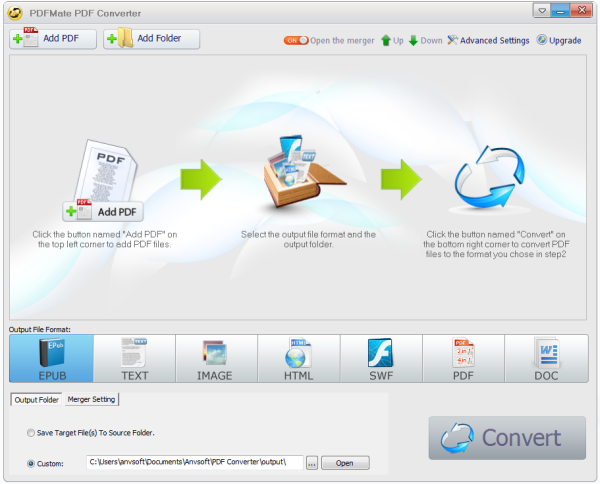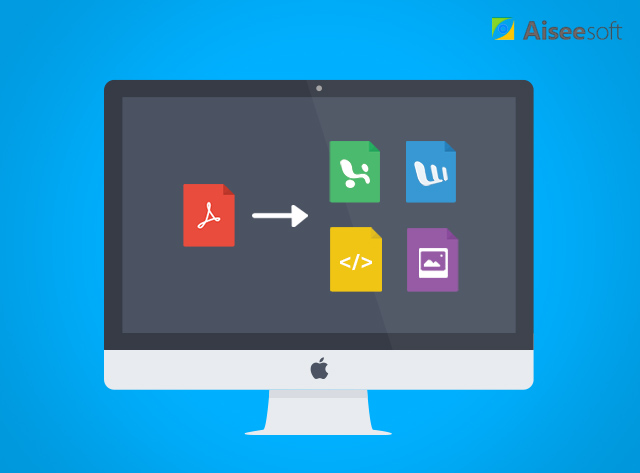

If you work for a large- or even small- company, you likely have a staff of folks who keep the network running and handle software requests from every user in the company. I don’t think I’ve ever met anyone who’s made it through a white-collar existence without at least one or two frustrating exchanges with a corporate IT department. I won’t walk through how to implement that here. If this happens, you may be able to use 32 bit R, presuming you’ve installed it. Although you’re speaking the same language, it’s possible that you’re not able to have a conversation. Pretend that you’re from the deep south trying to have a conversation with someone in Scottland. I’m not going to pretend to be sensitive to all the technical nuances. This could result if another program uses 32 bit memory addressing. Know that there’s a chance that you’ll run into problems working with other software, particularly the Microsoft Access database or the Java virtual machine. This young, ungrateful millenial generation wasn’t around when it happened, but I can remember when we moved from 16 to 32 bit software. Software will look for instructions or data in memory using one of those two memory addressing schemes. The numbers refer to the width of an address in memory. You may be asked to decide between 32 and 64 bit R.

There’s nothing much to decide here - the internet is pretty fast. It’s all the same R, but distributing it in this way helps to minimized load on servers which host the files. R is hosted on a number of servers throughout the world. It’s possible that you’ll be asked to identify a “mirror”. (If you’re running Linux, I can’t imagine you need my help.) If you get totally lost, try the links below which should take you directly to the download site for Windows and Mac. I recommend getting familiar with the CRAN website and reading the documentation there. If you’re reading these instructions, you’re probably not one of those people.

Some folk like to build their own version of R directly from the source code. If those words (in this context) mean nothing to you, don’t panic. You may see lots of bizarre, arcane language around binaries, source and tarballs. Clicking on the appropriate link will take you to the page that’s relevant for your operating system. From there, you will see links to downloads for Windows, Mac and Linux. The first place to look for installation is. I have a few suggestions which I hope can help overcome any difficulties you might experience. For the most part, installation is quick and painless, but there may be limitations placed on you by your IT department. In each case, what you’ll do is download a file from the internet and then follow the standard process you go through to install software on whichever system you’re using.


 0 kommentar(er)
0 kommentar(er)
